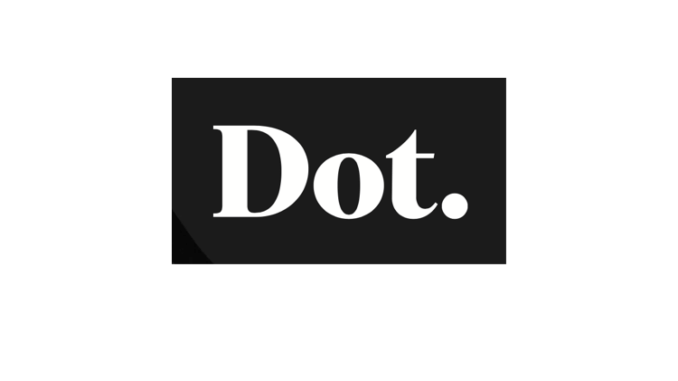Dot. -> What Legal Design Really Stands For

Legal Design and Legal Tech consultancy Dot. recently held the first exhibition of legal design in Paris at the Paris Design Week. In this article Marie Potel-Saville explores what legal design really means and reflects on their work at the event.
—
What Legal Design Really Stands For
By Marie Potel-Saville, Founder and CEO of
Legal Design is a buzzword and we wanted our guests to see for themselves what it is that we actually do and stand for.
Basically, we combine legal expertise, design thinking and tech to make law accessible, intelligible and engaging. Doing that, we hope to give back to law the place it deserves within companies and organisations: a strategic

But what does legal design look like practically?
–

It’s a privacy policy that millennial consumers WANT to read and which is designed to be understood – ending blind consenting to the processing of personal data. Not just because GDPR imposes information to be provided in a “concise, transparent, intelligible and easily accessible form, using clear and plain language”. Also because consumer centricity is a strong consumer engagement and trust builder.
It’s a digital-native influencer agreement helping a global cosmetics brand doubling down on digital. By leveraging the natural way of doing business for influencers, i.e. a social media page, we are bridging the gap between traditional legal tools (the ‘hell couple’ email+Word) and the needs of modern business in a millisecond world.

It’s an international arbitration process made easy to understand, user-friendly and optimized for on-the-go lawyers. The webpage we designed for the Finland Arbitration Institute provides an easy-to-navigate timeline and shows all but only information users want to know: how much, when and how.
It’s a human-centric pension notification letter which leverages a deep and authentic understanding of pensioners needs and fears to provide care and support.
It’s a prototype card game inspiring and empowering women to fully exercise their rights on a daily basis. To tackle lack of confidence or awareness of the full extent of women’s rights, we designed a set of cards which women can keep in their purse or pocket, hand out to help others or to stop a difficult situation.

These are just examples of some projects we recently handled, but we also wanted to highlight the density of all the insights we gain during the legal design process. For us, the value of our projects does not only lie in the end result, but also in everything we learn about users’ needs and expectations – which is precisely what enables cutting edge legal innovation, beyond “shiny tools”.
We also wanted our guests to experience by themselves the legal design mindset and approach: we created a series of 3 to 5 minute exercises to have a glimpse at how it feels like to be a legal designer.
Our main takeaway of that evening? We loved seeing all of our guests’ happy faces looking at contracts! A satisfying legal user experience – at last.

On a more personal note, what happened in Paris to our small team delivering big projects? We stressed about the presentations, worked really late, carried heavy stuff, talked with people and just had fun. We are a hands-on team. Our whole team has blisters on their hands from building the exhibition. We bleed for Legal Design.

Crédits Photos : @Antoine Muller.
